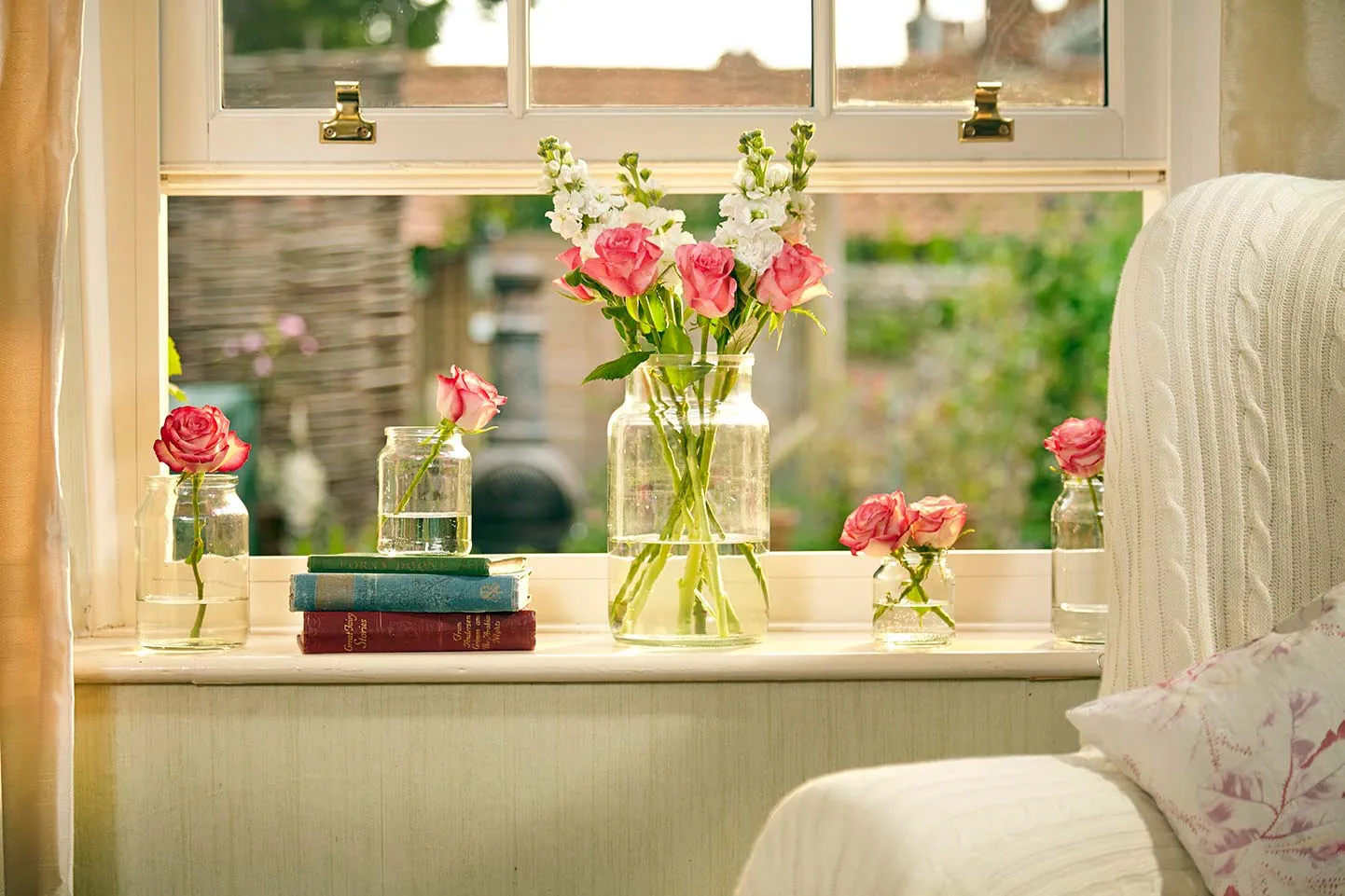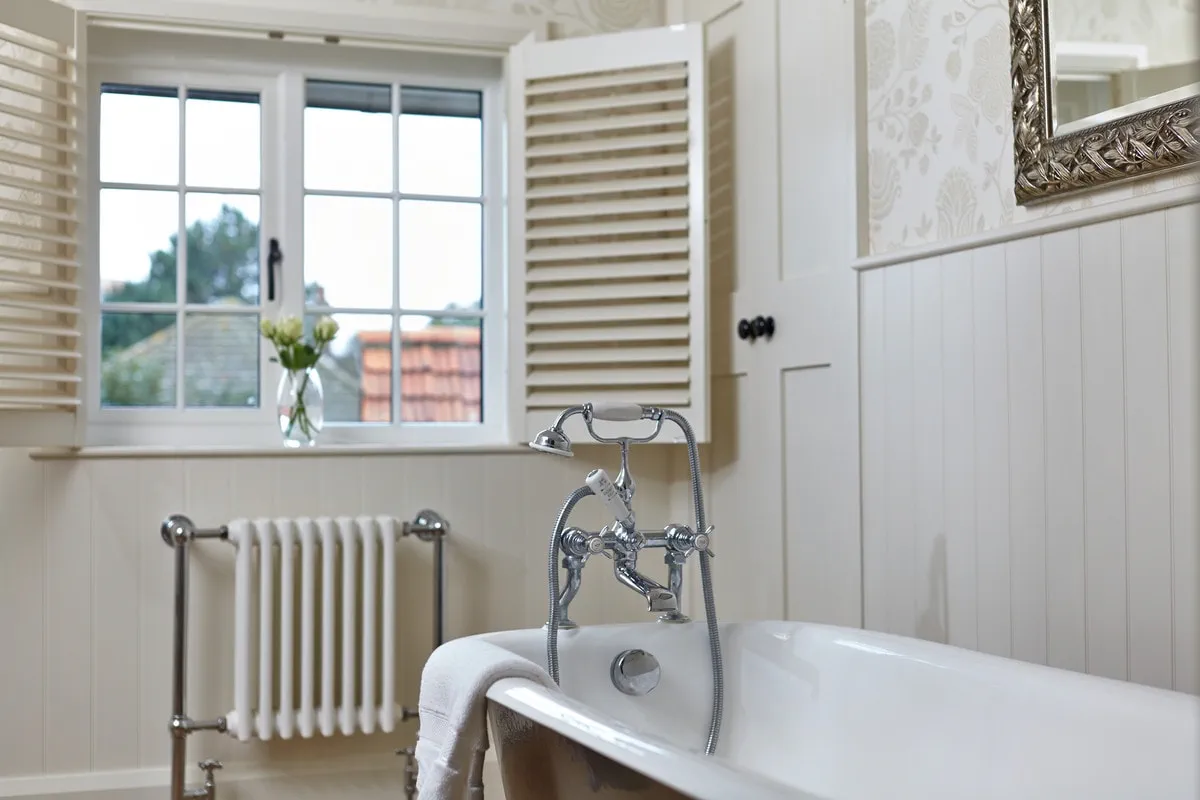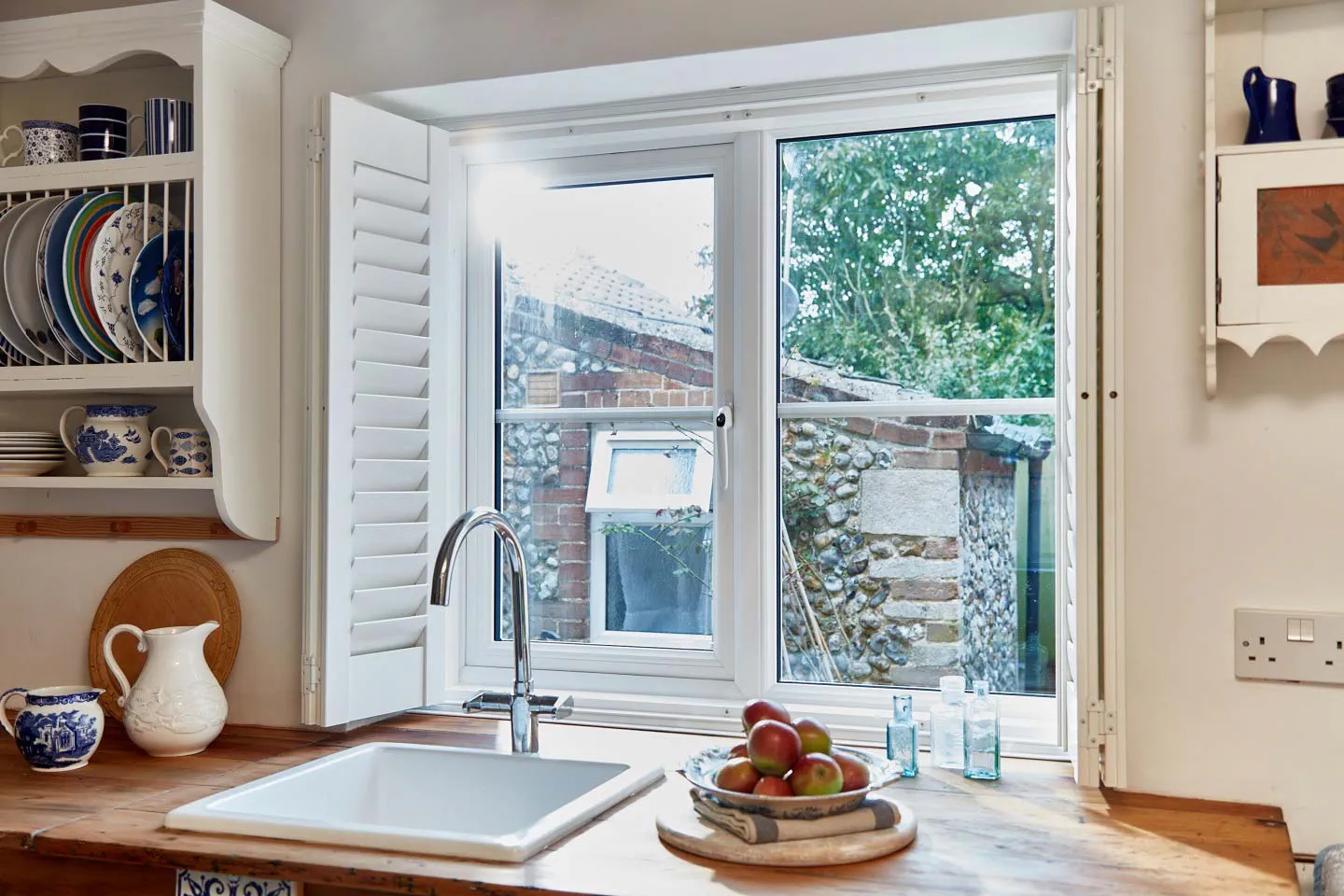
Guide to Bedroom Windows
Styling your bedroom is one of the most important design choices you’ll make in your home. Design your bedroom as a relaxing, restful space.
Find out more

Dreaming of your ideal home style but not sure where to begin? Anglian is here to help. We’ve created a whole hub of advice and information to inspire your creative side, helping to make those interior design decisions easy.


Within the hub, you’ll find home décor tips and ideas on how to create certain styles with your windows, from a vintage feel right through to contemporary looks and everything in between.
Whether you want to create a focal point of your window display, are looking for ideas on transforming your space for less or need advice on how to add a touch of a particular trend to your style, you’ll find all the inspiration you need here.
We’re proud to provide the best quality windows made from only the finest materials. Our styles are secure and energy efficient, and some even come with sound-reduction capabilities, which is why it’s all the more important to make the most of them and accompany them with the right style. Featuring curtain and blind suggestions for your bedroom as well as tips on organising your bathroom window sill for maximum style points, our guides have all your bases covered.
At Anglian Home Improvements, we have more than 50 years of experience in the home improvements industry. All our products are made in Britain, and we love helping our customers get the most out of their new windows. Sometimes, when you’re creating a style that’s completely new to you, or even tweaking your current style, it can be helpful to have advice from a professional to hand.
Take a look through our Inspiration Area today and find your next favourite interior design style.

Styling your bedroom is one of the most important design choices you’ll make in your home. Design your bedroom as a relaxing, restful space.
Find out more

Choosing the right style for your bathroom windows is not always just down to a matter of taste – you'll need a window that can cater to the room's function, too.
Find out more

In need of a little assistance when it comes to choosing some new kitchen windows or dressing your existing windows? You’ve come to the right place.
Find out more

Finding the right interior style for your home can be a great joy, especially when you have new windows to dress. But if you’re unsure on the options available when it comes to decorating your windows, take a look through our home renovation section to find the style that suits you best – after all, there are so many options to choose from!
Find out more